Archives
- 2018-07
- 2018-10
- 2018-11
- 2019-04
- 2019-05
- 2019-06
- 2019-07
- 2019-08
- 2019-09
- 2019-10
- 2019-11
- 2019-12
- 2020-01
- 2020-02
- 2020-03
- 2020-04
- 2020-05
- 2020-06
- 2020-07
- 2020-08
- 2020-09
- 2020-10
- 2020-11
- 2020-12
- 2021-01
- 2021-02
- 2021-03
- 2021-04
- 2021-05
- 2021-06
- 2021-07
- 2021-08
- 2021-09
- 2021-10
- 2021-11
- 2021-12
- 2022-01
- 2022-02
- 2022-03
- 2022-04
- 2022-05
- 2022-06
- 2022-07
- 2022-08
- 2022-09
- 2022-10
- 2022-11
- 2022-12
- 2023-01
- 2023-02
- 2023-03
- 2023-04
- 2023-05
- 2023-06
- 2023-08
- 2023-09
- 2023-10
- 2023-11
- 2023-12
- 2024-01
- 2024-02
- 2024-03
- 2024-04
- 2024-05
- 2024-06
- 2024-07
- 2024-08
- 2024-09
- 2024-10
- 2024-11
- 2024-12
- 2025-01
- 2025-02
- 2025-03
-
Given that we planned to isolate the GluN
2022-01-17
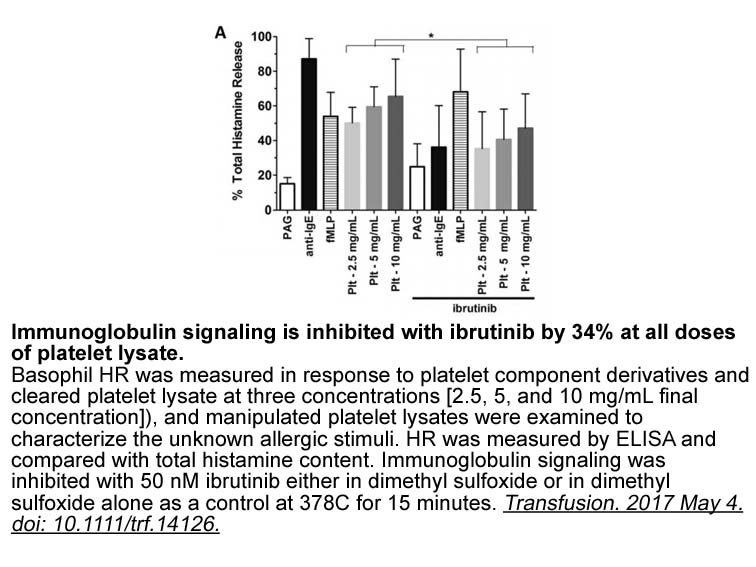
Given that we planned to isolate the GluN1/GluN3A receptor by immunoaffinity chromatography using a Myc epitope tag on GluN3A, we first checked that the tag does not affect the functional properties of the receptor. To do this we co-transfected HEK-293 cells with DNA encoding WT GluN1 and either WT
-
Hepatic drug metabolizing enzymes and transporters expressio
2022-01-17

Hepatic drug-metabolizing Kenpaullone and transporters expression were regulated by nuclear receptors [19], [20], [21]. The effects of HFD-induced fatty liver on drug metabolizing enzymes in mice were recently studied, and the results provided a systematic evaluation of the changes of nuclear recep
-
The discovery that GLUT in the microvasculature
2022-01-17
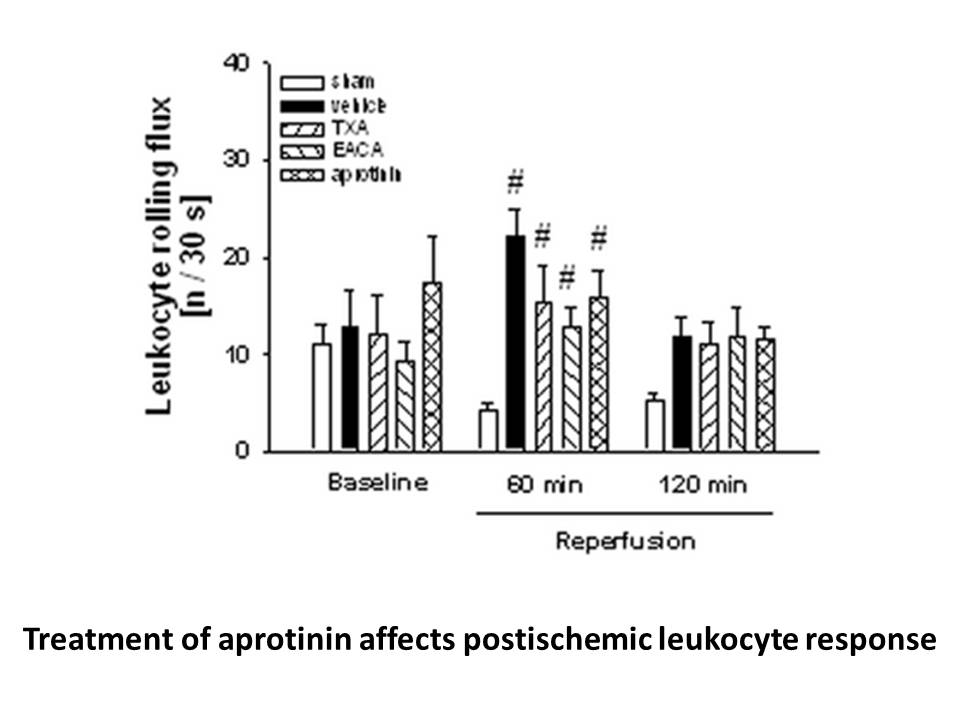
The discovery that GLUT1 in the microvasculature represents an important target of VEGF thereby affecting aurora kinase inhibitor function is highly relevant. The work of Jais et al. identified VEGF as a determining player in the regulation of cognitive performance and provides an important link to
-
Until recently the mechanism of how GSMs shifted secretase
2022-01-17

Until recently the mechanism of how GSMs shifted γ-secretase cleavage was poorly understood. Today, building on the sequential cleavage model developed by Ihara and colleagues [14], there is evidence that GSMs act as processivity enhancers, and iGSMs as inhibitors of processivity [120]. At least for
-
All data were analyzed using SAS software version
2022-01-17
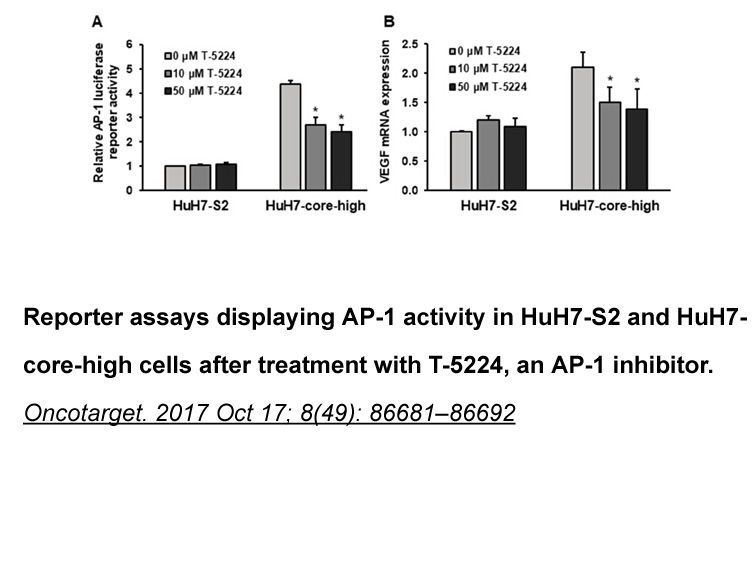
All data were analyzed using SAS software (version 9.3, SAS Institute Inc., Cary, NC). Because of very low FFAR1 protein detection (at the detection limit or no signal) in 3 H-BHB cows, quantification was not possible within a linear range and therefore these animals were omitted from the statistica
-
br Materials and methods br Results
2022-01-17
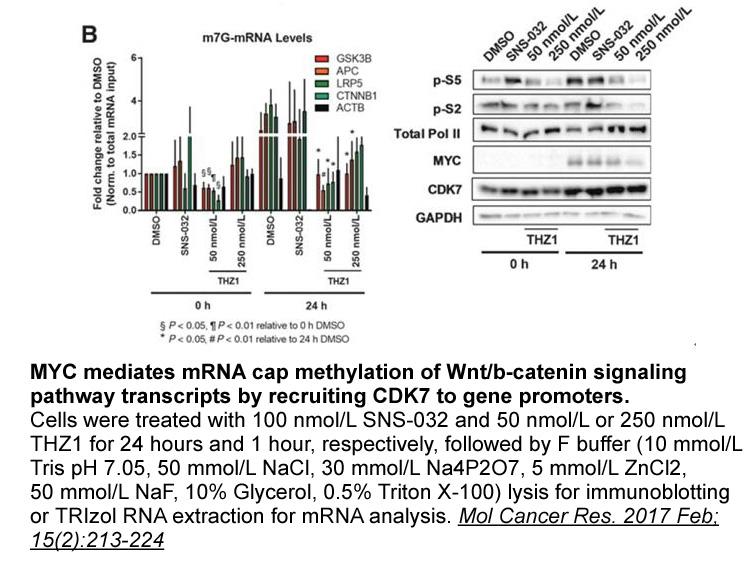
Materials and methods Results and discussion Conclusions Acknowledgments The authors are grateful to Dr. N. Prevete for providing the human AGS shCTR and AGS shFPR2 cells. This work was supported by POR Campania FSE 2007-2013 Project CREME and Ministry of Health, Italy, RF-2011-02349269.
-
Here we investigated on epigenetic regulatory mechanisms
2022-01-17
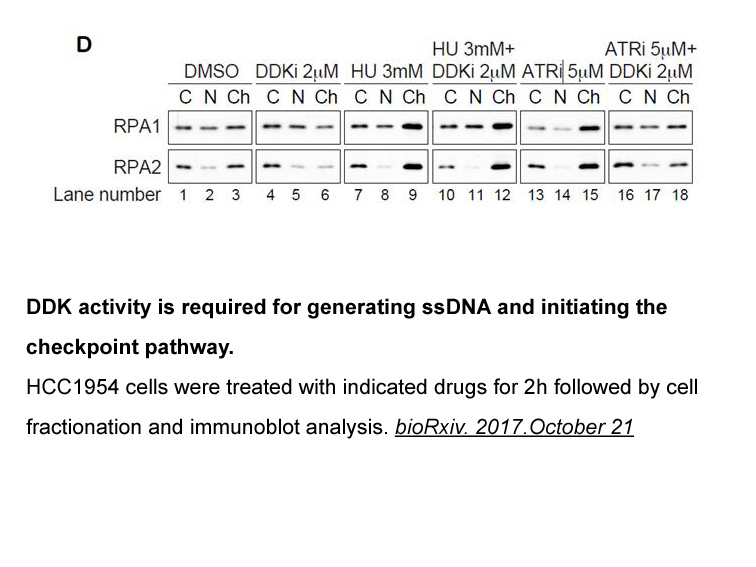
Here, we investigated on epigenetic regulatory mechanisms of ALX/FPR2 expression. Epigenetic changes, that include phosphorylation, acetylation, methylation and ubiquitination of DNA and histone proteins, occur in a variety of diseases [21] and are being recognized as key targets for personalized me
-
br Acknowledgements br Introduction Muscle FBPase is
2022-01-17
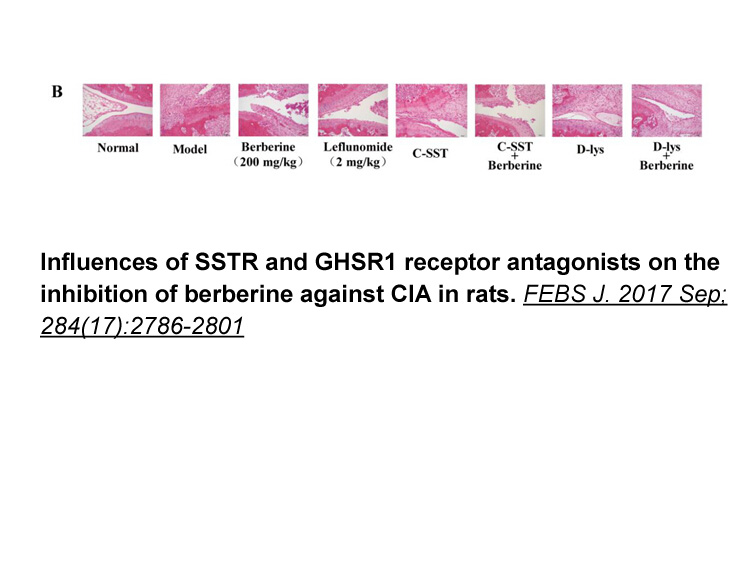
Acknowledgements Introduction Muscle FBPase is very sensitive to AMP inhibition and in the presence of physiological concentrations of this effector in muscle fibres FBPase should be almost completely inactive [1], [2]. Recently, we have presented evidence that, in vitro, muscle aldolase binds
-
br Significance Cellular heterogeneity for phenotypic
2022-01-15
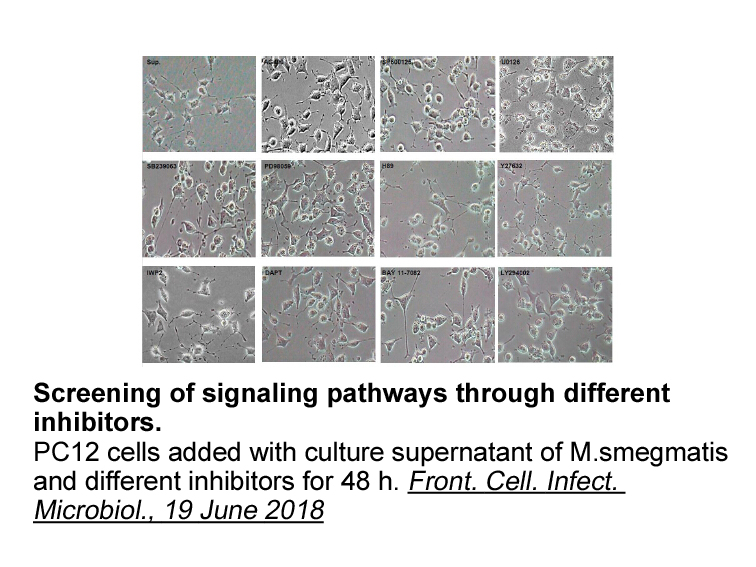
Significance Cellular heterogeneity for phenotypic features is a key mechanism underlying disease progression and therapeutic resistance, yet its regulation is poorly understood at the molecular level. Our findings demonstrate that endocrine resistance is associated with higher transcriptomic het
-
There is evidence for an adverse sympatho stimulatory effect
2022-01-15

There is evidence for an adverse sympatho-stimulatory effect in the medulla oblongata mediated by the α1/β1 isoform, implying a possible benefit of selective α2/β1 activation [19]. While the stimulator BAY 41–2272 increases NO-sensitivity of both isoforms [20], a prevalence of the α1/β1 isoform comp
-
The absolute requirement for substrate prephosphorylation ra
2022-01-15
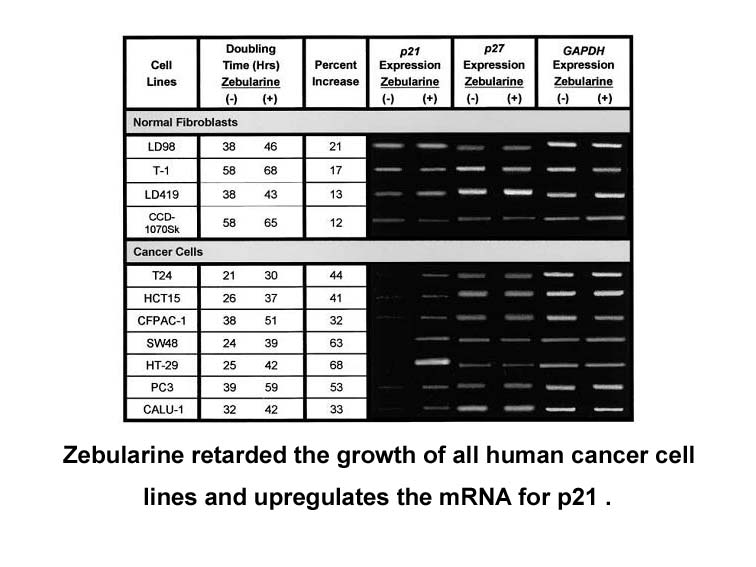
The absolute requirement for substrate prephosphorylation raised the possibility that short phosphorylated peptides might serve as selective substrate competitive inhibitors. A set of phosphorylated peptides patterned after known GSK-3 substrates was generated and shown to inhibit GSK-3 in vitro in
-
Human GPR hGPR was originally isolated
2022-01-15
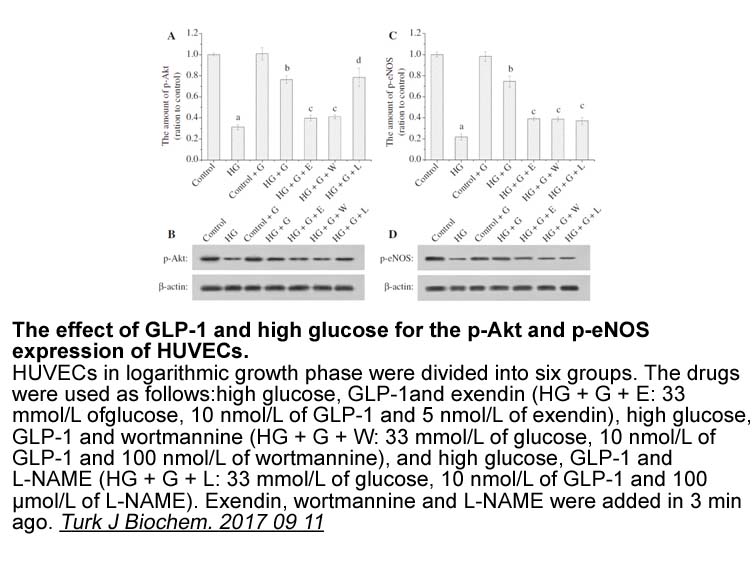
Human GPR55 (hGPR55) was originally isolated in 1999 as an orphan GPCR with high levels of expression in human striatum (Sawzdargo et al., 1999) (Genbank accession # NM_005683.3). hGPR55 was mapped to human chromosome 2q37, and in the human CNS it is predominantly localized to the caudate, putamen,
-
Tetrazole is one of the most
2022-01-15
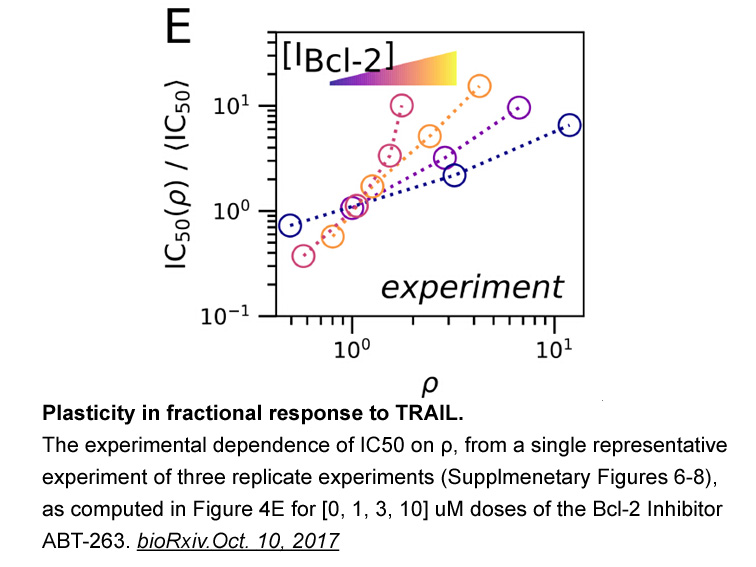
1-Tetrazole is one of the most commonly used bioisosteres for carboxylic acids arising from their similarity in pKa (ca. 4.5–4.9 vs 4.2–4.4, respectively)., Metabolically, tetrazoles may exhibit an advantage over carboxylic acids because they form -glucuronides which are not as chemically reactive
-
Imiquimod br Treatment KD is currently the treatment
2022-01-15
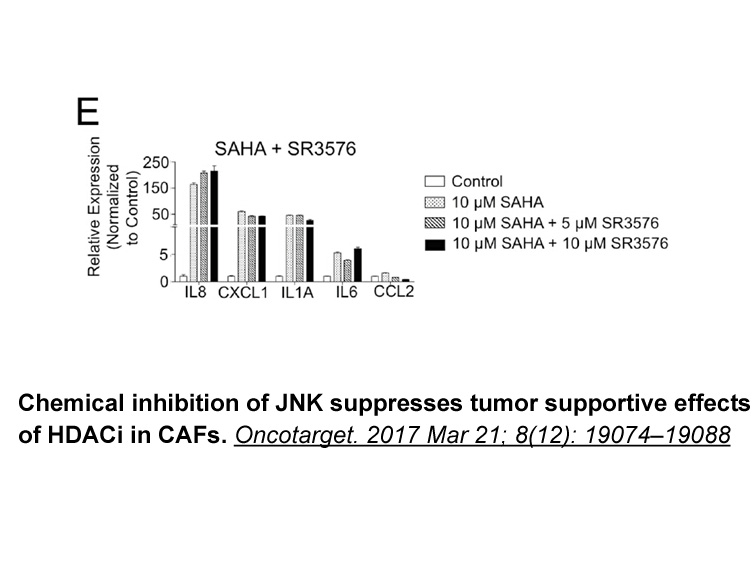
Treatment KD is currently the treatment of choice for GLUT1-DS. It is a high-fat, carbohydrate-restricted diet that mimics the metabolic state of fasting; so, the KD relies an exogenous rather than body fat for ketone production, thus maintaining ketosis without weight loss. As the developing br
-
In accordance with its similarity to classical NLSs Importin
2022-01-15

In accordance with its similarity to classical NLSs, Importin α3 was recently reported as a nuclear transport receptor for Ci (). We therefore superimposed the Gli1 NLS model with the Importin α2 structure (3EFX), which has a structure similar to Drosophila Importin α3 () (Fig. 4.4B). Gli1 NLS fitte
15668 records 483/1045 page Previous Next First page 上5页 481482483484485 下5页 Last page